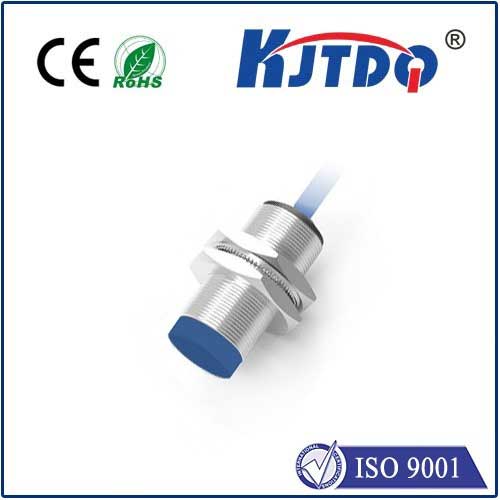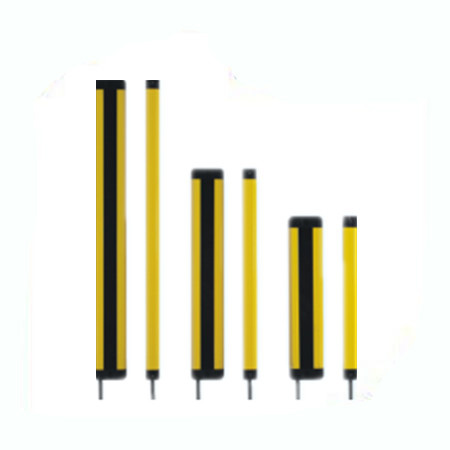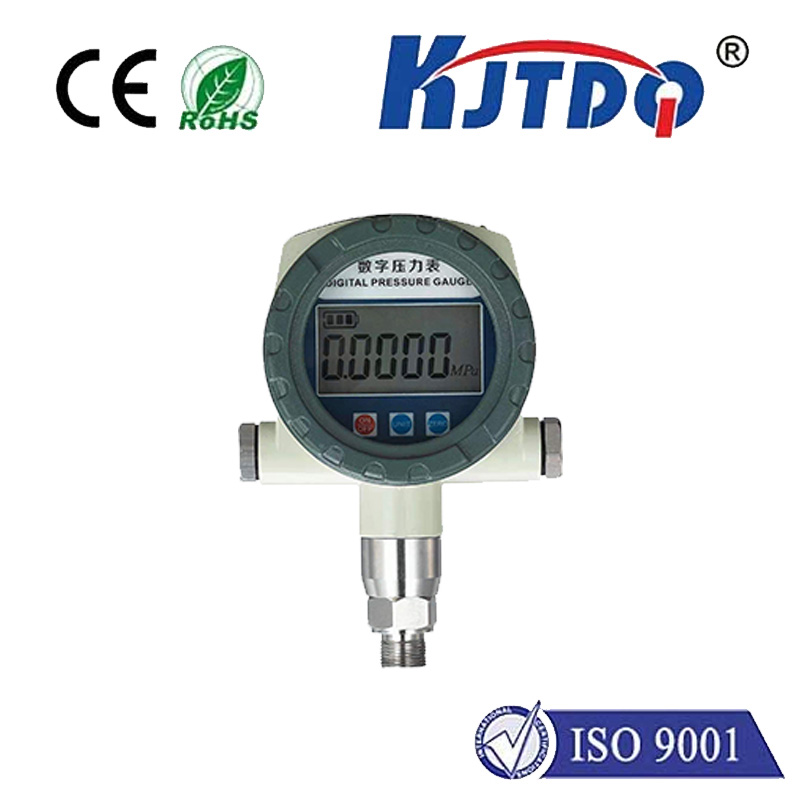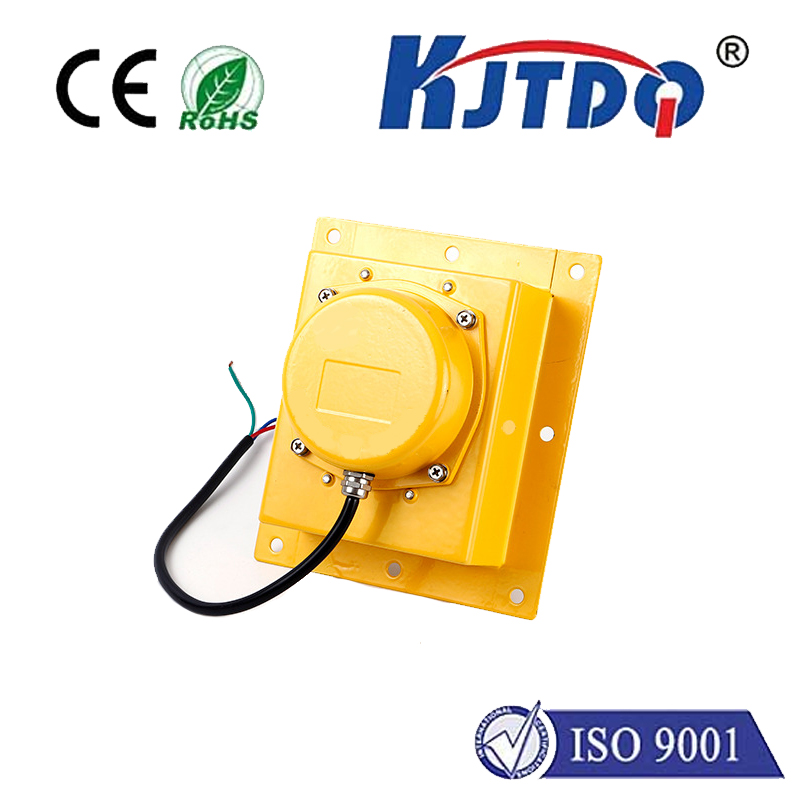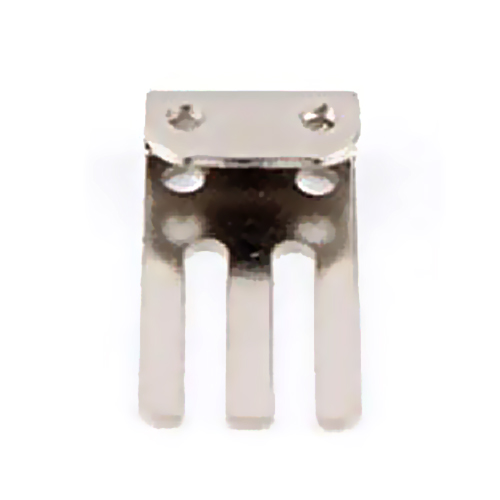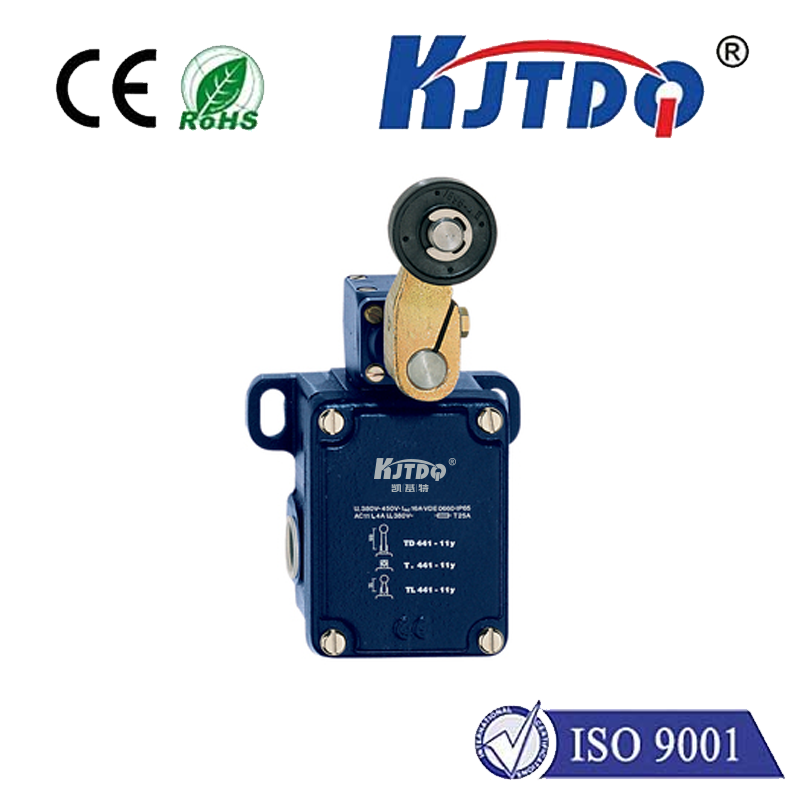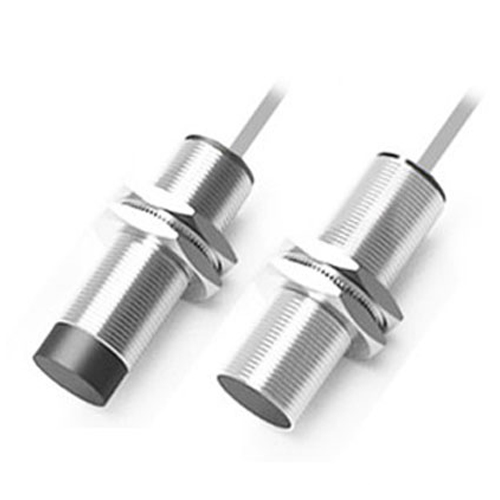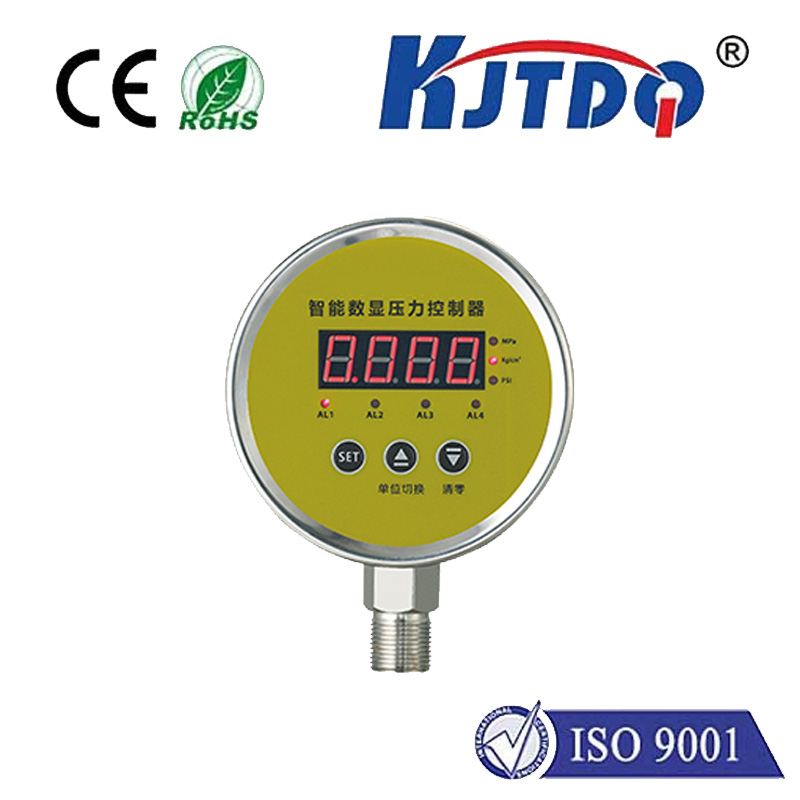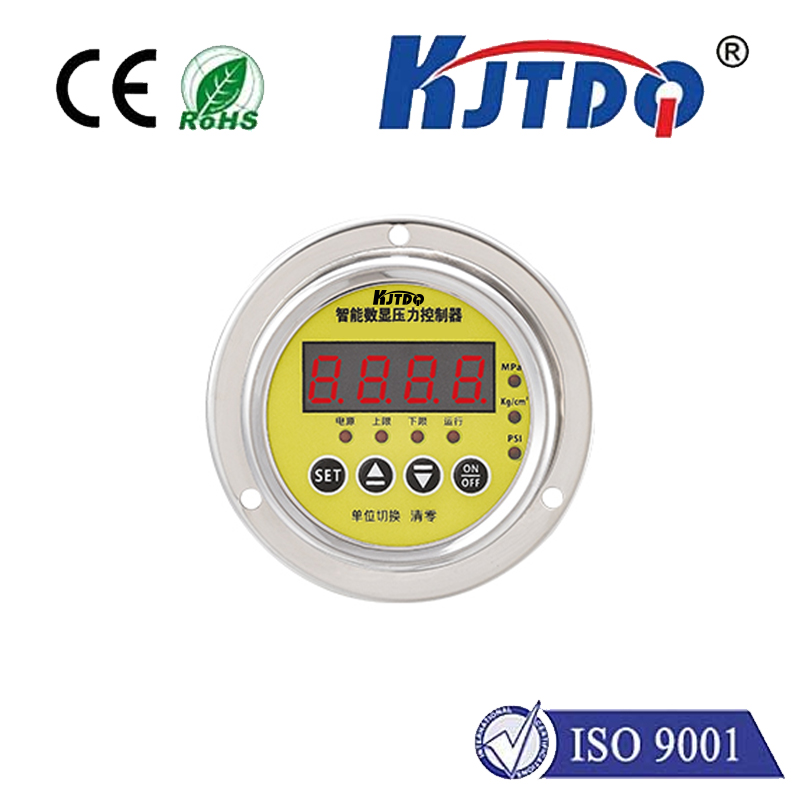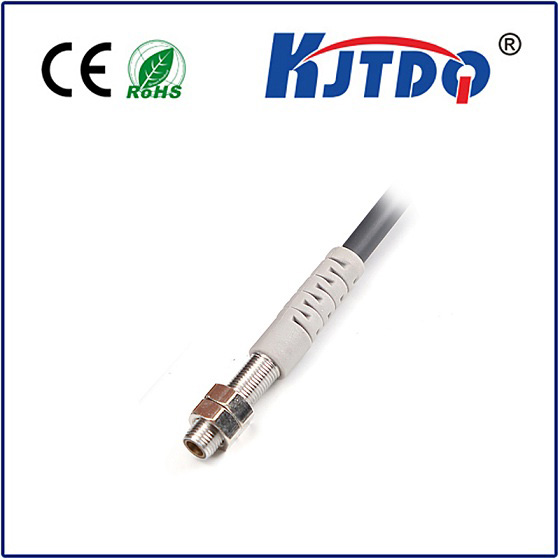auxiliary limit switch furnace
- time:2025-08-04 12:45:21
- Click:0
The Unseen Guardian: Why Your Furnace Absolutely Needs an Auxiliary Limit Switch
Imagine this: it’s the coldest night of the year. Your furnace has been running non-stop. Suddenly, something feels wrong – an unusual smell, maybe excessive heat radiating from the unit, or worse, the dreaded silence as it shuts down unexpectedly. What prevented a potential disaster? Often, it’s a small, unsung hero: the auxiliary limit switch furnace safety device. Understanding its role isn’t just technical jargon; it’s fundamental to home safety, system longevity, and peace of mind.
What Exactly is an Auxiliary Limit Switch?
Think of your furnace as a controlled fire. The primary limit switch is the first line of defense, monitoring heat levels directly at the heat exchanger – the core component where combustion gases heat the air circulating through your home. Its job is critical: cut power to the burners if temperatures climb into the danger zone, preventing catastrophic overheating and potential cracks in the exchanger.
The auxiliary limit switch, however, is strategically placed downstream. It typically monitors the temperature of the air after it has left the heat exchanger but before it enters your ductwork. This positioning makes it a vital sentinel for a different set of problems.

Why is This “Extra” Switch So Crucial? The Power of Redundancy and Detection
Here’s where the auxiliary limit switch proves its indispensable worth:
- Redundancy for Critical Safety: Safety systems thrive on redundancy. If the primary limit switch fails – a rare but possible occurrence – the auxiliary limit switch furnace safety device acts as a crucial backup. It provides a secondary layer of protection against overheating that could damage the furnace or, in extreme cases, pose a fire risk. Two sensors are inherently safer than one when guarding against furnace overheating.
- Detecting Airflow Problems: This is arguably its most common and vital function. The auxiliary switch is exquisitely sensitive to insufficient airflow. What causes poor airflow?
- Clogged Air Filters: The most frequent culprit. A dirty filter restricts the flow of air over the heat exchanger.
- Blocked Vents/Registers: Furniture covering vents or closed dampers impede air movement.
- Failing Blower Motor: If the fan isn’t pushing air properly, heat builds up.
- Dirty Ductwork or Coils: Accumulated debris reduces system efficiency.
- Undersized Ductwork: A design flaw that chronically restricts flow.
When airflow is inadequate, the heat generated by the burners isn’t carried away efficiently. The air leaving the heat exchanger gets hotter than it should. The auxiliary limit switch detects this abnormal temperature rise and shuts down the furnace before the primary limit might even activate, preventing potential damage and unsafe conditions. It’s your furnace’s early warning system for airflow issues.
- Protecting Components Downstream: By catching excessive heat caused by poor airflow early, the auxiliary switch also protects vital downstream components like the blower motor, ductwork insulation, and electronic controls from prolonged exposure to damaging high temperatures.
When Trouble Strikes: Symptoms of a Faulty or Tripped Auxiliary Limit Switch
How do you know if this essential furnace safety component is doing its job, or perhaps malfunctioning? Look for these signs:
- Short Cycling: The furnace turns on, runs briefly (maybe just a few minutes), then shuts off, only to restart shortly after. This cycle repeats constantly. This is a classic symptom of the limit switch detecting overheating due to restricted airflow and shutting the burners down as a safety measure.
- Furnace Won’t Stay On: The furnace might start but fail to complete a heating cycle, shutting off prematurely without reaching the thermostat’s set point.
- No Heat: If the switch has failed completely in the “open” position (indicating a fault), it will prevent the furnace from starting at all, as the control board interprets it as a safety lockout.
- Diagnostic Codes: Modern furnaces have diagnostic LED lights or error codes. Frequent codes indicating high-limit faults often point towards issues with the primary or auxiliary limit circuit.
Maintaining Your Furnace’s Safety Net
Ensuring your auxiliary limit switch furnace protection operates flawlessly requires proactive care:
- Change Air Filters Religiously: This is the single most effective preventive measure. Replace 1-inch filters monthly; thicker filters may last 2-3 months. Check them regularly, especially during heavy use seasons. Clean filters are the bedrock of good airflow. Neglecting this simple task is the leading cause of auxiliary limit switch trips.
- Keep Vents Open and Clear: Ensure all supply vents and return air registers are unobstructed by furniture, rugs, or curtains.
- Schedule Annual Professional Maintenance: A qualified HVAC technician will inspect both limit switches, clean critical components (blower assembly, coils, sensors), check airflow, and verify safe operation during their tune-up. They can also diagnose if a tripped switch is due to a dirty filter (easy fix) or a more serious underlying issue like duct problems or a failing blower motor.
- Respect the Switch: If your furnace is tripping the limit switch frequently, never attempt to bypass it. This is extremely dangerous. Diagnose and fix the root cause – usually airflow restriction. Ignoring it risks severe furnace damage and potential safety hazards.
More Than Just a Backup: A Critical Component
The auxiliary limit switch is far from just a redundant part. It’s a sophisticated safety device performing a distinct and vital function within your furnace safety control system. Its specific location allows it to detect problems the primary switch might miss, particularly those related to airflow restrictions that are surprisingly common in day-to-day operation. By providing that critical second layer of protection and acting as an early warning system, this unassuming component plays a starring role in ensuring your home heating system operates safely, efficiently, and reliably for years to come. Understanding its function empowers homeowners to take simple, proactive steps (like changing filters!) to prevent unnecessary breakdowns and costly repairs, keeping the “unseen guardian” working effectively behind the scenes.






